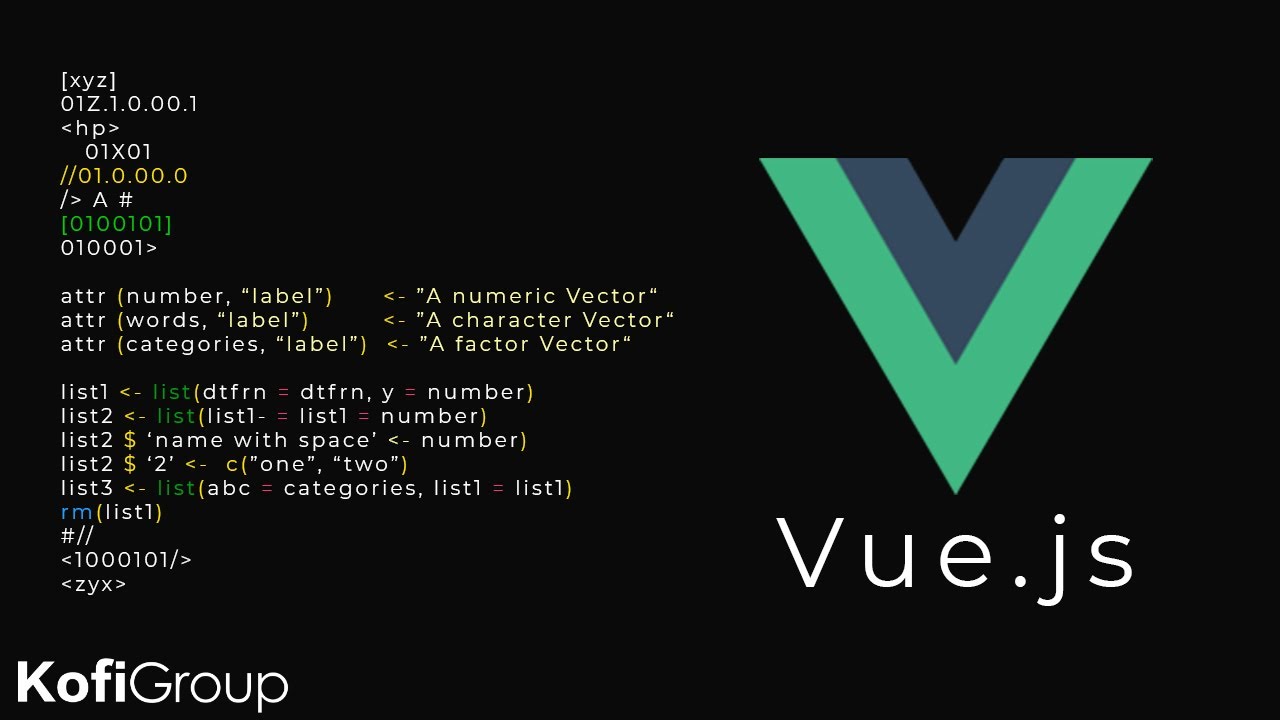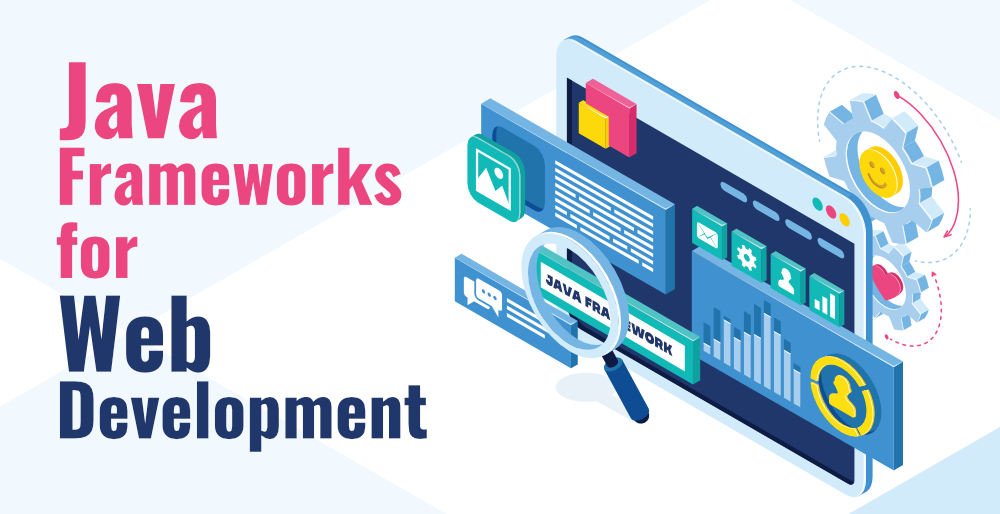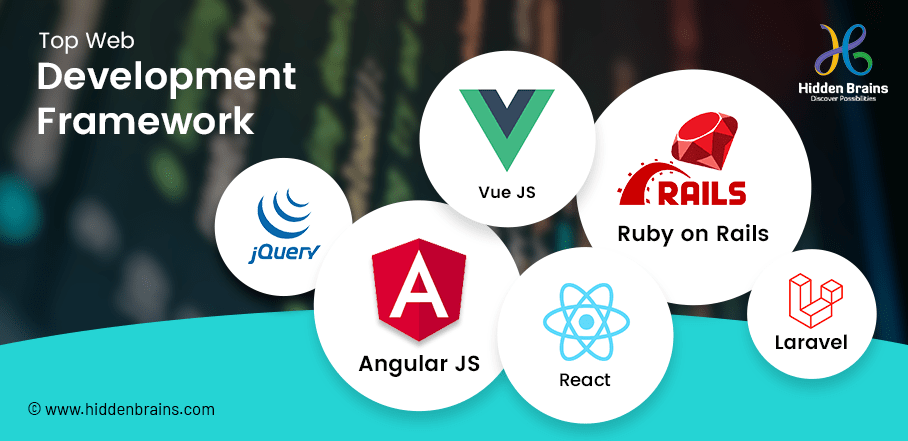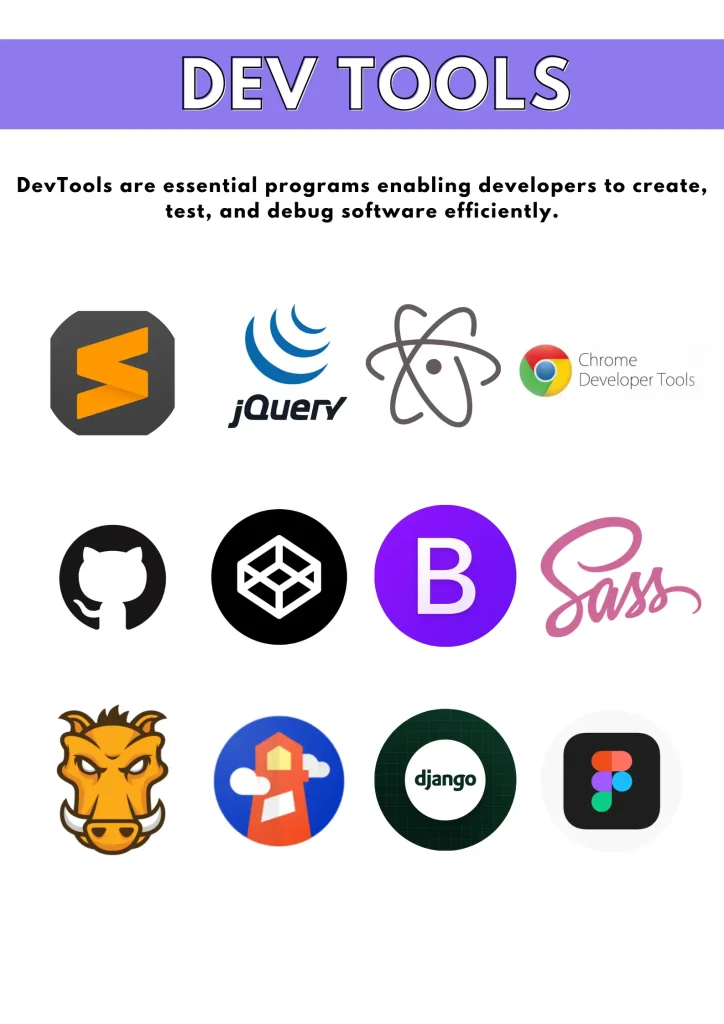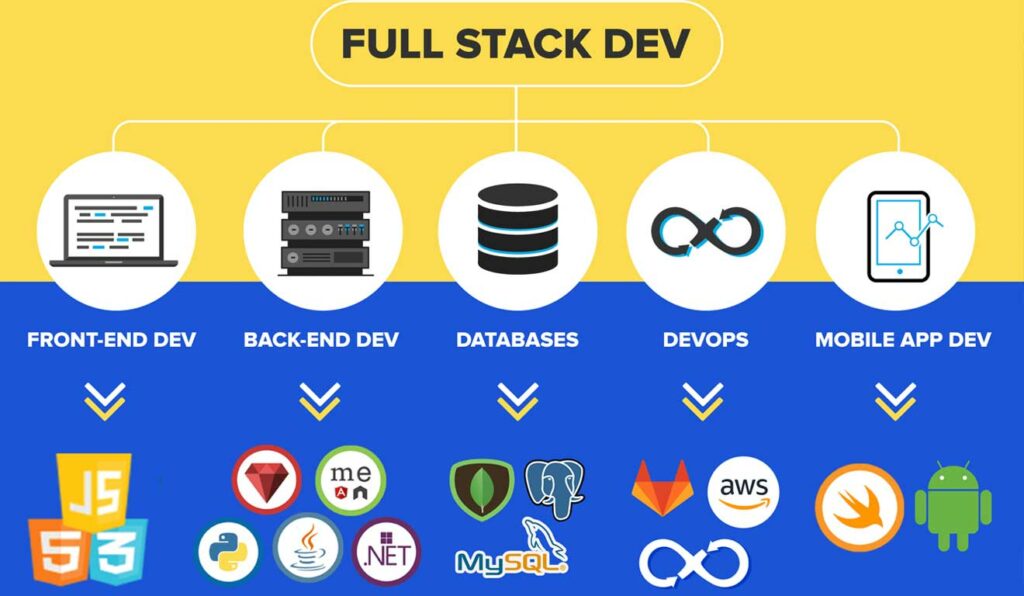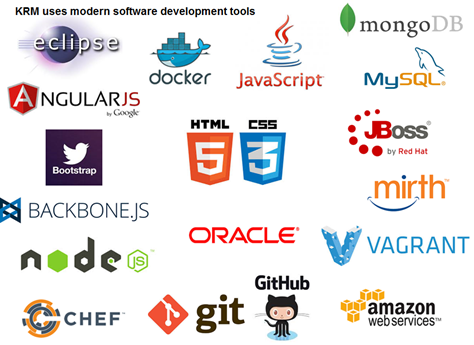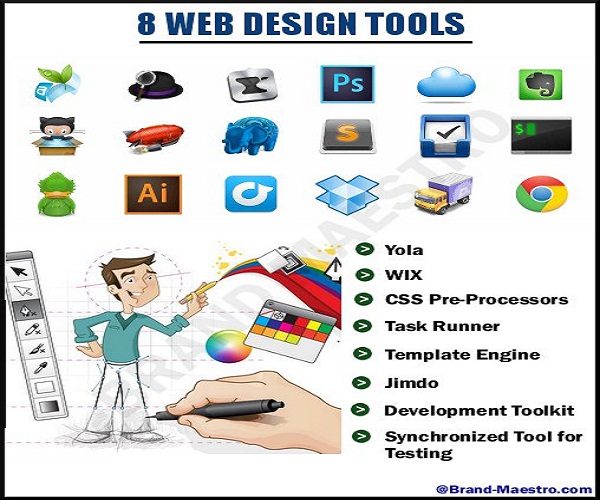Web development-Frameworks-Vue.js
Introduction to Vue.js
Vue.js is a progressive JavaScript framework widely regarded for its flexibility, ease of integration, and focus on building user interfaces and single-page applications. Developed by Evan You, Vue has grown to become one of the most popular front-end frameworks, competing with React and Angular due to its simple yet powerful architecture.
Why Choose Vue.js?
Vue.js strikes a balance between ease of use and performance, allowing developers to gradually adopt it. You can start with as little or as much Vue as needed, making it suitable for both small projects and large-scale applications. Vue's core library is focused on the view layer only, which makes it easy to integrate with other libraries or existing projects.
Reactive Data Binding
Feature: Vue.js’s reactivity system ensures that any changes to the application's state are immediately reflected in the UI.
Benefit: Developers can create dynamic and highly interactive interfaces without manually updating the DOM, which significantly reduces development complexity.
Component-Based Architecture
Feature: Vue uses a component-based architecture, where the UI is divided into reusable, encapsulated components.
Benefit: This structure enhances reusability and maintainability, which is particularly beneficial for scaling larger applications.
Video Demonstration of Vue.js
Core Features of Vue.js
Single File Components (SFCs)
Feature: Vue’s Single File Components (SFCs) allow developers to encapsulate the HTML, CSS, and JavaScript for a component within a single `.vue` file.
Benefit: This makes managing and organizing components more straightforward and modular, while keeping all related code in one place.
Two-Way Data Binding
Feature: Vue.js supports two-way data binding using the `v-model` directive, which allows automatic synchronization of data between the model and the view.
Benefit: This significantly simplifies handling form inputs and data updates in real-time, making it easier to keep the model and view in sync.
Vue CLI
Feature: Vue CLI is a powerful tool that helps to scaffold and manage Vue.js projects with a simple command-line interface.
Benefit: It enables developers to set up a fully functional Vue application with modern development tools, including hot-reloading, unit testing, and easy project configuration.
In this blog, we’ll explore the advantages of Vue.js and how its progressive nature makes it ideal for both small-scale apps and complex applications. By delving into Vue’s core features such as the reactivity system, component-based architecture, and tools like Vue Router and Vuex, you’ll understand why Vue.js is a popular choice among developers looking for flexibility and scalability.
Try Vue.js Code in StackBlitz
Installation Guide for Vue.js
Follow these steps to get started with Vue.js:
- Ensure you have Node.js installed (version 12 or later).
- Open your terminal and run the following command to install the Vue.js template:
- Navigate into your project directory:
- Install the dependencies:
- Run the development server:
- Open your browser and go to http://localhost:5173 to view your app.
npm create svelte@latest my-appcd my-appnpm installnpm run devSample Projects Built with Vue.js
Here are some sample projects showcasing what you can build with Vue.js:
-
1. Vue.js Todo App
A simple yet functional Todo application built with Vue.js to manage tasks.
View Code on GitHub -
2. Vue.js Blog
A blogging platform built with Vue.js, showcasing features like markdown support and routing.
View Code on GitHub -
3. Vue.js E-commerce Store
A complete e-commerce application demonstrating product management and checkout functionality.
View Code on GitHub
